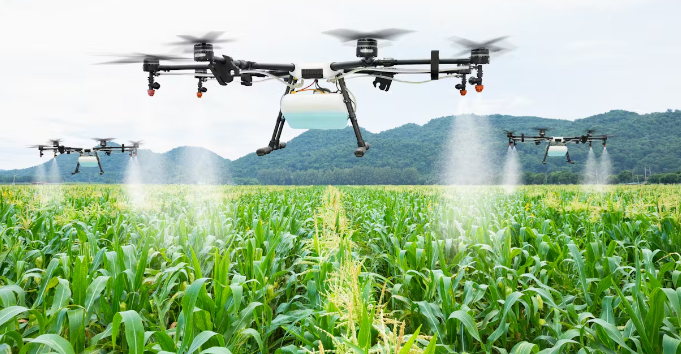Artificial Intelligence in Agriculture: Transforming the Future of Farming
In today’s fast-paced world, agriculture is undergoing a significant transformation driven by technology, particularly artificial intelligence (AI). By harnessing AI, farmers can optimize their practices, boost yields, and contribute to sustainable food production. This blog post explores the exciting applications of AI in agriculture and how it can lead to a more efficient future for farming.
Precision Farming: A New Era of Productivity
One of the most promising applications of AI in agriculture is precision farming. This approach uses AI algorithms combined with data from sensors and satellites to analyze soil conditions, weather patterns, and crop health. By providing farmers with real-time insights, precision farming helps them make informed decisions regarding irrigation, fertilization, and pest control. For example, AI can determine the exact amount of water needed for each crop section, reducing waste and conserving vital resources. This targeted methodology not only enhances productivity but also promotes environmental sustainability.
Crop Monitoring and Disease Detection
AI technologies, such as drone imagery and machine learning, are revolutionizing how farmers monitor their crops. Drones equipped with high-resolution cameras can capture images of fields, while AI-powered software analyzes these images to detect anomalies like diseases or pest infestations at an early stage. By identifying issues promptly, farmers can take corrective actions before significant damage occurs, ultimately saving both time and resources. This proactive approach to crop monitoring allows for healthier plants and better yields, ensuring that farmers can meet growing food demands.
Supply Chain Optimization
AI’s influence in agriculture extends beyond the fields to the supply chain as well. By leveraging AI, agricultural businesses can optimize their supply chain operations, from seed production to product delivery. AI analyzes market trends, demand fluctuations, and logistical challenges, enabling farmers to align their production schedules accordingly. This ability to forecast and adapt reduces waste and ensures that fresh produce reaches the market when it’s needed most. As a result, consumers can enjoy a stable supply of affordable food while farmers benefit from improved profitability.
Conclusion
As we can see, artificial intelligence is not just a buzzword; it is actively reshaping the landscape of agriculture for the better. From enhancing productivity with precision farming to streamlining supply chains, AI is proving to be a game changer in the industry. If you’re curious about how technology can further transform agriculture or if you want to learn more about specific AI applications, don’t hesitate to explore further. Together, we can embrace the future of farming!

